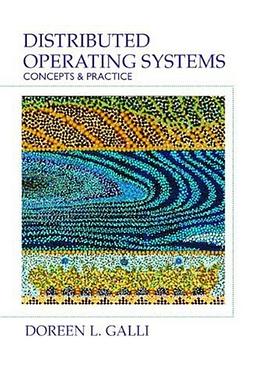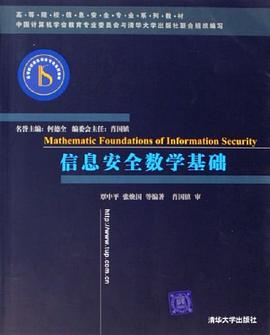

Future requirements for computing speed, system reliability, and cost-effectiveness entail the development of alternative computers to replace the traditional von Neumann organization. As computing networks come into being, one of the latest dreams is now possible - distributed computing. Distributed computing brings transparent access to as much computer power and data as the user needs for accomplishing any given task - simultaneously achieving high performance and reliability.The subject of distributed computing is diverse, and many researchers are investigating various issues concerning the structure of hardware and the design of distributed software. "Distributed System Design" defines a distributed system as one that looks to its users like an ordinary system, but runs on a set of autonomous processing elements (PEs) where each PE has a separate physical memory space and the message transmission delay is not negligible. With close cooperation among these PEs, the system supports an arbitrary number of processes and dynamic extensions." Distributed System Design" outlines the main motivations for building a distributed system, including: inherently distributed applications; performance/cost; resource sharing; flexibility and extendibility; availability and fault tolerance; and, scalability. Presenting basic concepts, problems, and possible solutions, this reference serves graduate students in distributed system design as well as computer professionals analyzing and designing distributed/open/parallel systems.Chapters discuss: the scope of distributed computing systems; general distributed programming languages and a CSP-like distributed control description language (DCDL); expressing parallelism, interprocess communication and synchronization, and fault-tolerant design; two approaches describing a distributed system: the time-space view and the interleaving view; mutual exclusion and related issues, including election, bidding, and self-stabilization; prevention and detection of deadlock; reliability, safety, and security as well as various methods of handling node, communication, Byzantine, and software faults; efficient interprocessor communication mechanisms as well as these mechanisms without specific constraints, such as adaptiveness, deadlock-freedom, and fault-tolerance; virtual channels and virtual networks; load distribution problems; and, synchronization of access to shared data while supporting a high degree of concurrency.
具體描述
讀後感
評分
評分
評分
評分
用戶評價
相關圖書
本站所有內容均為互聯網搜索引擎提供的公開搜索信息,本站不存儲任何數據與內容,任何內容與數據均與本站無關,如有需要請聯繫相關搜索引擎包括但不限於百度,google,bing,sogou 等
© 2025 qciss.net All Rights Reserved. 小哈圖書下載中心 版权所有




















